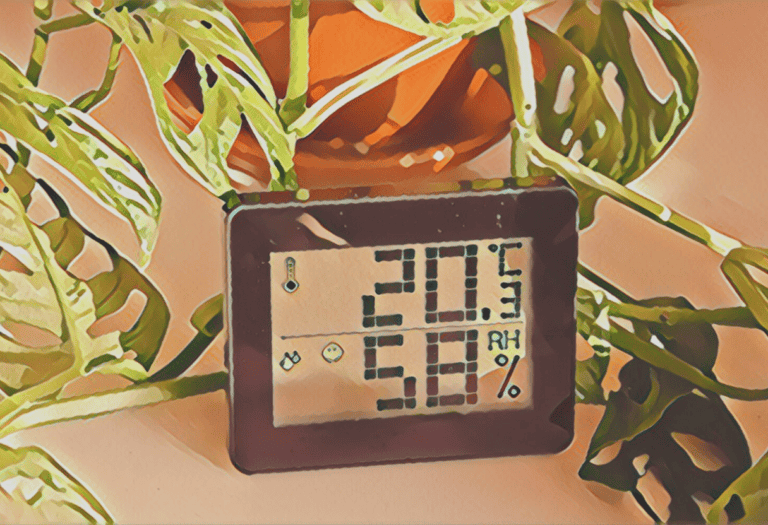When planning events, trips, or simply deciding what to wear, checking a 10-day weather forecast has become a common practice.
These long-range forecasts provide an extended glimpse into future weather conditions, but how reliable are they? With advancements in meteorological technology and data analysis, weather predictions have become increasingly accurate, yet the question remains about the dependability of forecasts that look so far ahead.
Weather forecasts, particularly those that extend over a 10-day period, hinge on complex scientific models that assess multiple atmospheric variables. While short-term forecasts rely on a relatively stable set of variables, the further a forecast extends, the more uncertainty is introduced. Forecast accuracy for such an extended period must be considered in light of these limitations.
Despite this, the practical utilities of 10-day forecasts cannot be understated; they play a crucial role in various sectors such as agriculture, aviation, and public safety planning.
10-day weather forecasts provide valuable insights for planning but their reliability diminishes over time due to atmospheric complexity. Advances in technology and meteorology have improved their accuracy, making them useful despite inherent uncertainties.
The Science of Weather Forecasting
Understanding the science of weather forecasting helps you appreciate the complexity and sophistication behind the predictions that millions rely on daily. It’s a dynamic intersection of data, technology, and atmospheric knowledge.
Meteorological Data and Weather Models
Weather forecasting relies heavily on meteorological data collected from various sources. Environmental satellites like the Geostationary Operational Environmental Satellite-R (GOES-R) and the Deep Space Climate Observatory (DSCOVR) satellite provide crucial data. These satellites, including geostationary and polar-orbiting satellites, capture a wide array of information about atmospheric conditions.
Your weather forecasts are generated by intricate computer models that simulate the Earth’s atmosphere. Weather modeling utilizes algorithms and equations to process the input data from satellites as well as from terrestrial weather stations. The National Oceanic and Atmospheric Administration (NOAA), for example, uses advanced computer models to analyze these data. These models are continually refined by scientists to enhance forecast accuracy.
- Key Inputs for Weather Models:
- Temperature
- Humidity
- Wind speed and direction
- Atmospheric pressure
- Cloud cover
As AI technology advances, it also plays a critical role in weather prediction. Complex algorithms and machine learning techniques help in refining the models, leading to more accurate forecasts.
Factors Affecting Accuracy
Several factors can affect the accuracy of your 10-day weather forecast:
-
Timeframe: The further out the forecast, the more uncertain the prediction. Weather is inherently chaotic, and small errors or uncertainties can grow exponentially.
-
Regional Variability: Certain areas are more difficult to forecast due to complex terrain or varying climate patterns.
-
Climate Change: Long-term changes in the climate can introduce new variables that may not be fully represented by historical data.
- Influential Variables:
- Ocean currents
- Solar radiation
- Volcanic eruptions
- Human-induced changes
Every component, from satellites like GOES and DSCOVR to the extensive climate databases managed by organizations like NOAA, plays a vital role in shaping the science of weather forecasting. The confluence of data, science, and sophisticated weather models informs the weather predictions you use to plan your days.
While forecast accuracy diminishes over time, constant improvements in data collection, AI, and computational methodologies contribute to the ongoing refinement of long-range forecasts.
Analyzing Forecast Accuracy and Limitations
Weather forecasts are a crucial tool for planning and safety, but as you look ahead, it’s vital to understand how the accuracy of predictions changes with time and what inherent limitations they carry.
Understanding Forecast Time Frames
When you check the weather, you’ll notice forecasts ranging from immediate conditions to outlooks several weeks ahead. A five-day forecast is typically reliable because it’s within the range where atmospheric models can simulate conditions with greater certainty. By the time you expand to a seven-day forecast, there’s a noticeable dip in forecast accuracy, but they generally still provide a reasonable picture of upcoming weather.
Reliability of Long-Term Forecasts
As you look at 10-day forecasts and beyond, the confidence level starts to wane. The complexity and uncertainty in atmospheric conditions increase, leading to more generalized and less certain predictions. Despite advances in technology and methods, such as those used by ForecastWatch, long-term forecasts are susceptible to lower accuracy. Experts often consider anything beyond a 14-day forecast to be speculative at best. The limitations are due to a variety of factors, including the chaotic nature of weather systems and precision limits of computational models.
How Technology Shapes Weather Predictions

With the advent of innovative technologies and powerful computing tools, your experience of weather forecasting has undergone a transformative change. These advancements have not only refined the way forecast data is collected but also how it’s presented to you, making it easier to access and understand.
Weather Apps and Online Services
Weather apps such as The Weather Channel and Weather Underground leverage cloud computing to deliver real-time weather updates directly to your smartphone. With these services, you can get forecasts that are specific to your zip code, making them a trusted source for planning your day-to-day activities. ForecastAdvisor and similar platforms analyze weather data to rate the accuracy of different forecasting services, ensuring that you, the customers, have the most reliable information at your fingertips.
Advancements in Forecasting Technologies
Behind every weather prediction, there are sophisticated computer programs analyzing vast amounts of weather data. Companies like IBM and its subsidiary, The Weather Company, are at the forefront, harnessing big data and innovations in technology to improve forecast precision. AccuWeather is known for using complex models that can provide forecasts up to 90 days in advance, although with varying reliability the further out they predict. As a consumer, you benefit from these technological advancements that yield more accurate and actionable weather forecasts.
Practical Applications of Weather Forecasts
In making informed decisions, you rely on accurate weather forecasts to navigate potential risks and schedule your activities. These forecasts have a direct impact on safety measures, allowing for precise planning across various domains.
Implications for Safety and Planning
Severe weather, including hurricanes and tornadoes, can have devastating impacts. Your safety depends significantly on timely and reliable forecasts. Entities like the National Weather Service (NWS) and NOAA provide alerts that help you prepare for and respond to severe weather events. For instance, accurate weather radar information is essential for airports to manage flights during fog or other adverse conditions.
These forecasts also assist emergency planners and responders in scheduling preemptive measures when a severe weather event is imminent. With accurate 10-day forecasts, assumptions about weather patterns can be managed more reliably, leading to improved safety strategies.
Consumer and Commercial Uses
For consumers, forecasting can influence day-to-day choices such as clothing selection or outdoor activity planning, especially when poor air quality is predicted. Air quality forecasts inform you when to limit exposure to outdoor activities due to health risks from poor air quality.
Commercially, marketers make use of weather forecasts to tailor advertising campaigns for products that align with current weather conditions. Additionally, industries sensitive to environmental conditions, such as agriculture and retail, utilize long-term forecasts to optimize operations and inventory. These forecasts serve as a compass for managing the business impact of changing weather patterns.
By understanding the role of these forecasts, you can better navigate your personal and professional life amidst fluctuating environmental conditions.
Frequently Asked Questions
Understanding weather forecast reliability helps you plan your activities better and saves you from the inconvenience of unpredictable weather changes. These questions address common concerns about the accuracy and reliability of weather forecasts.
What is the accuracy rate of 7-day weather predictions for precipitation?
Current technology enables forecasters to predict precipitation with a relatively high level of accuracy within a 7-day period. For instance, a review of a ten-year experiment has shown that while there are limitations, advancements have made these forecasts quite dependable.
Are 14-day weather forecasts reliable enough to plan activities?
A 14-day weather forecast generally offers a broad outlook rather than precise predictions. This means they can give an indication of the expected weather pattern, but specifics might change, making them less reliable for planning purposes compared to shorter-range forecasts.
How much can a weather forecast change within a 24-hour period?
Within 24 hours, forecasts are usually quite accurate. However, changes can occur due to unforeseen weather developments. Small shifts in atmospheric conditions can alter forecasts significantly, particularly for severe weather events.
What is the level of precision for weather predictions 5 days in advance?
Five-day forecasts are typically more accurate than their 10 or 14-day counterparts. Comparatively, they provide a good balance of foresight and reliability; for example, temperature forecasts hold an average accuracy of about 90% within this range.
Which source tends to provide the most accurate weather predictions?
There is no single source that consistently outperforms all others, as accuracy can vary by region and the type of weather being predicted. However, national meteorological services and certain private weather services are known to be reliable sources for weather information.
What implications does a ’50 percent chance of rain’ carry in weather forecasts?
A ’50 percent chance of rain’ implies that there is a 50% likelihood of receiving at least 0.01 inches of rain in an area during the forecast period. This figure combines the probability of rain occurring with its expected coverage, indicating a substantial uncertainty.







